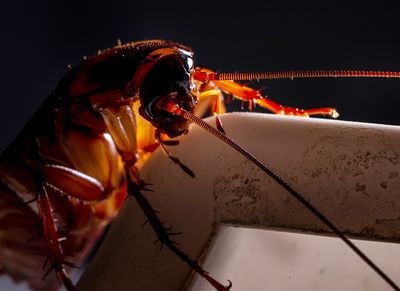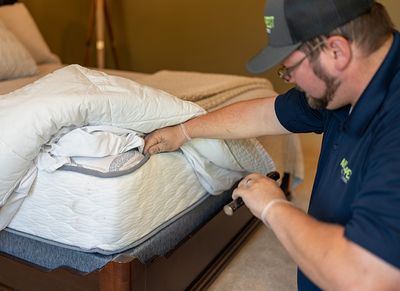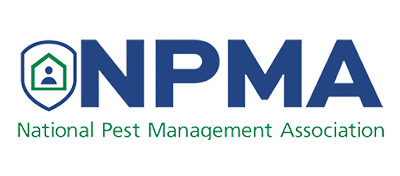Why Roof Rats Head for the Attic and Norway Rats Stick Close to the Ground
You might spot a rat darting across your lawn toward the house or hear scratching sounds coming from the ceiling late at night. Either way, it’s a bad sign. Rat infestations are common in Shreveport, Bossier City, and communities throughout Northwest Louisiana, but not all rats act the same. Roof rats and Norway rats, the two most common species here, have very different habits and favorite hangouts inside homes. Knowing which type you’re dealing with can help you stop the problem faster.
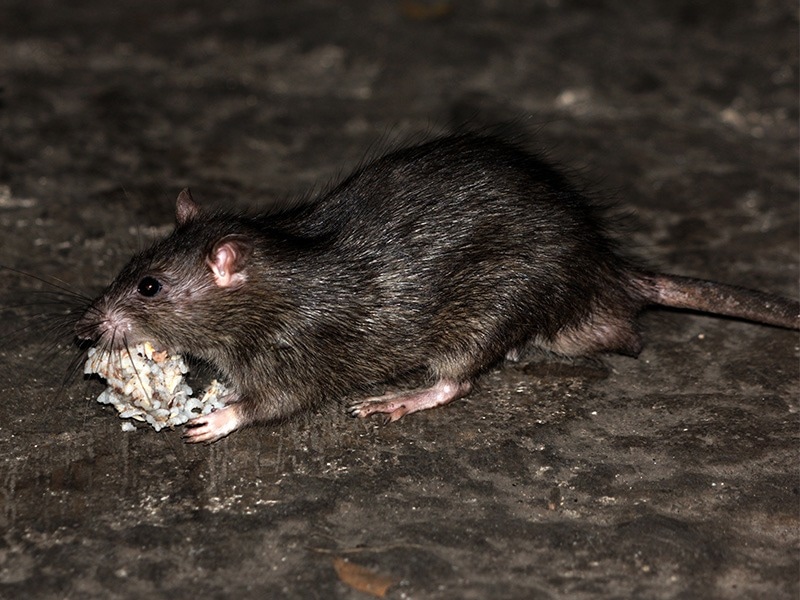
Meet the Rodents
When it comes to rats, not all are built or behave the same. Roof rats and Norway rats may look similar at first glance, but their habits and hangouts are different. Still, they share a few traits that make both species a headache for Louisiana homeowners. Here’s how to tell them apart and what their behavior says about where they’re hiding.
Roof Rats
Appearance
Roof rats, also known as black rats and ship rats, are sleek, agile rodents that typically measure 12 to 18 inches long, including their tails, which make up more than half their total length. These rats have slender bodies, dark brown or black fur, lighter underbellies, and noticeably large eyes and ears, which help them navigate in low light.
Habits
Roof rats aren’t picky eaters, but they prefer fruits, nuts, and seeds when available. They’re nocturnal, so most of their foraging happens around dusk and dawn when it’s quiet and dark.
Female roof rats can begin reproducing as early as nine weeks old and produce four to six litters yearly, with four to eight pups per litter. This rapid reproduction is one reason roof rat infestations can quickly spiral out of control if left unchecked.
Known for their incredible climbing skills, roof rats are built for high places, hence the name. They often nest in attics, rafters, and upper walls and outdoors in trees or dense vegetation. Inside, they tend to avoid human activity, so you may not see them directly. Instead, look for droppings or gnaw marks in the attic or along rafters as telltale signs of their presence.
Norway Rats
Appearance
Norway rats, also called brown rats and sewer rats, are the heavyweights of the rat world. Measuring 16 to 20 inches long, including the tail, they’re noticeably bulkier than roof rats. Their bodies are longer than their tails, covered in coarse brown fur with lighter undersides. Norway rats have small eyes and ears, sturdy bodies, and strong legs built for digging and swimming rather than climbing.
Habits
These rodents are true opportunists. Norway rats will eat just about anything they can find, including garbage, compost, grains, or pet food left out overnight. Like roof rats, they’re nocturnal and do most of their feeding around dusk and dawn when it’s quiet.
Female Norway rats can reproduce only a few weeks after birth, producing four to seven litters per year with as many as eight to twelve pups each time. That rapid breeding cycle means even a small rat problem can quickly turn into a full-blown infestation.
Heavier and less agile than roof rats, Norway rats prefer to stay close to the ground. Outdoors, they dig burrows along foundations, under debris, or in overgrown areas. Indoors, they’re most often found in basements, crawl spaces, and lower floors. Unlike roof rats, they’re less shy around people, so you’re more likely to spot droppings, gnaw marks, or greasy rub marks along walls when they move in.
Why Roof Rats Head for the Attic and Norway Rats Stick to the Ground
These two species prefer such different parts of your home due to their build and instincts. Roof rats are lightweight, slender, and natural climbers, while Norway rats are stockier and better suited for digging and burrowing.
For roof rats, elevation means safety. The higher they go, the fewer predators they encounter and the easier it is to find food sources like fruits, nuts, or seeds in trees and garden plants. Their agility allows them to scale fences, wires, and walls to reach attics and upper levels of homes, where they often nest in insulation or wall voids.
Norway rats, on the other hand, are ground dwellers through and through. Their heavier bodies make climbing difficult, but their powerful legs are perfect for digging extensive burrows. Staying near the ground helps them find shelter, easy access to water, and an endless supply of discarded food, pet feed, or garbage. That’s why they’re more likely to be found in basements, crawl spaces, and lower-level storage areas.
Signs of a Rat Infestation
Catching a rat problem early is key to protecting your home. Both roof rats and Norway rats can spread disease and damage structures, so knowing the warning signs can save you time and money.
Keep an eye out for any of these common indicators:
-
Scratching or scurrying sounds in ceilings, walls, or attics at night
-
Droppings in attics, basements, kitchens, or storage areas
-
Gnawed wires, vents, or food packaging
-
Footprints or tail marks in dusty areas
-
Grease or rub marks along walls and baseboards
-
Burrow holes near the foundation or outdoors
-
Tracks in garages, basements, crawl spaces, or around the yard
Even small signs, a few droppings or subtle scratching noises, can indicate the start of an infestation. The sooner you spot them, the sooner you can take action to keep your home rodent-free.
How to Prevent a Rat Infestation
Preventing a rat infestation in your Northwest Louisiana home is easier when you know what to look for and how to block entry points.
Try these rodent prevention tips to keep rats out:
-
Seal all entry points (cracks, gaps, utility lines, vents) to make it difficult for rats to get into your house
-
Maintain clean, clutter-free rooms and storage areas in your house
-
Secure outdoor trash cans and store firewood away from your house
-
Store all food in sealed containers
-
Eliminate standing water and address moisture issues
-
Keep gutters clean
-
Prune home-adjacent trees, vines, and shrubs so they can’t form bridges to your roof
-
Ensure roof vents, fascia boards, and soffits are rodent-proof
-
Insulate or close attic vents
-
Seal foundation cracks and install rodent screens on weep holes
-
Fill or collapse burrows found near your foundation
-
Complete regular inspections, especially in fall and winter when rats seek shelter
How Anti‑Pest Stops Rats
Seen signs of rats around your Northwest Louisiana home? Don’t wait — even small signs can lead to a full-blown infestation. Roof rats and Norway rats can cause serious damage, but Anti-Pest has the experience and tools to keep them out.
For over 75 years, we’ve helped homeowners in Northwest Louisiana eliminate and prevent rat infestations. Our home pest control plan protects against rats and more than 20 other common house-infesting pests in our region. Here’s how we do it:
-
Comprehensive Inspection: We check your property for signs of rats, including droppings, gnaw marks, and entry points.
-
Targeted Treatment: Our team addresses active rodents safely and effectively.
-
Ongoing Prevention: Routine follow-ups help maintain a rat-free home all year round.
Don’t let roof rats or Norway rats damage your home. Schedule your service with Anti-Pest today and protect your property from rodents.

Testimonials


Our Services

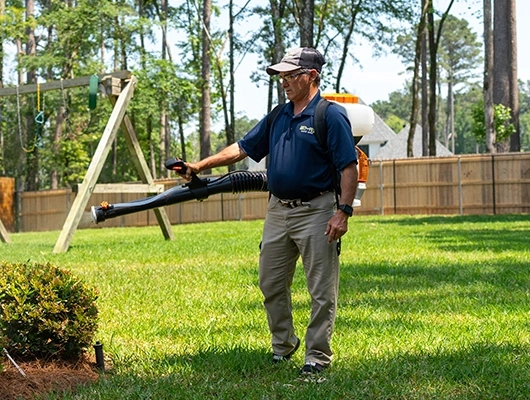
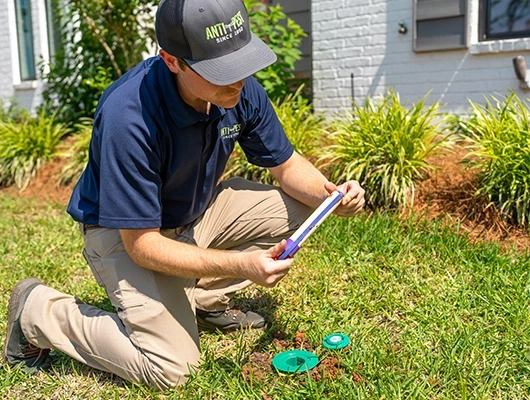
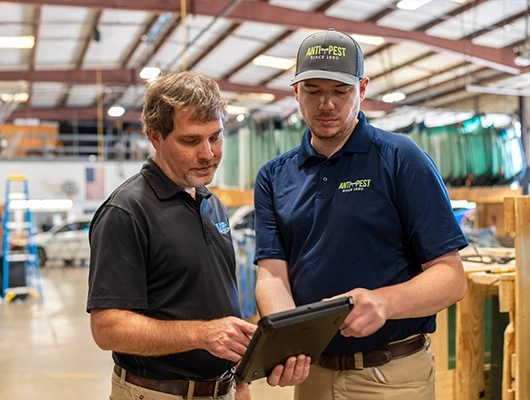
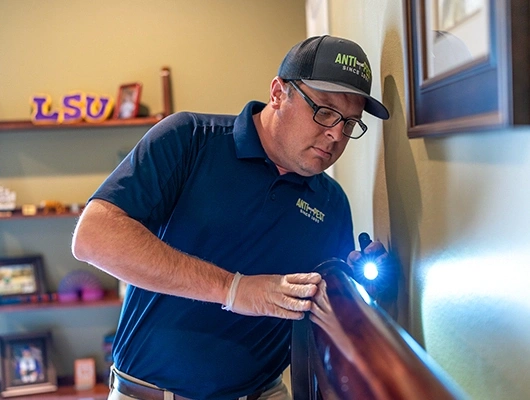
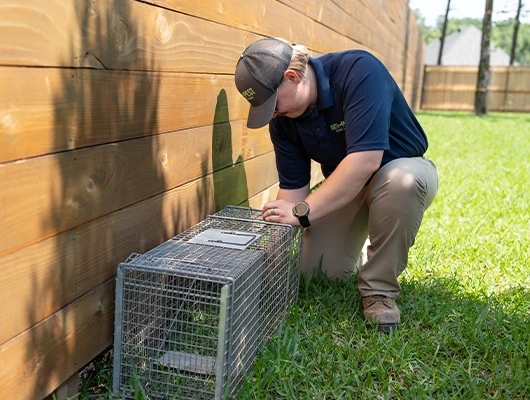
News, Blogs, & Articles
Anti-Pest Blog

